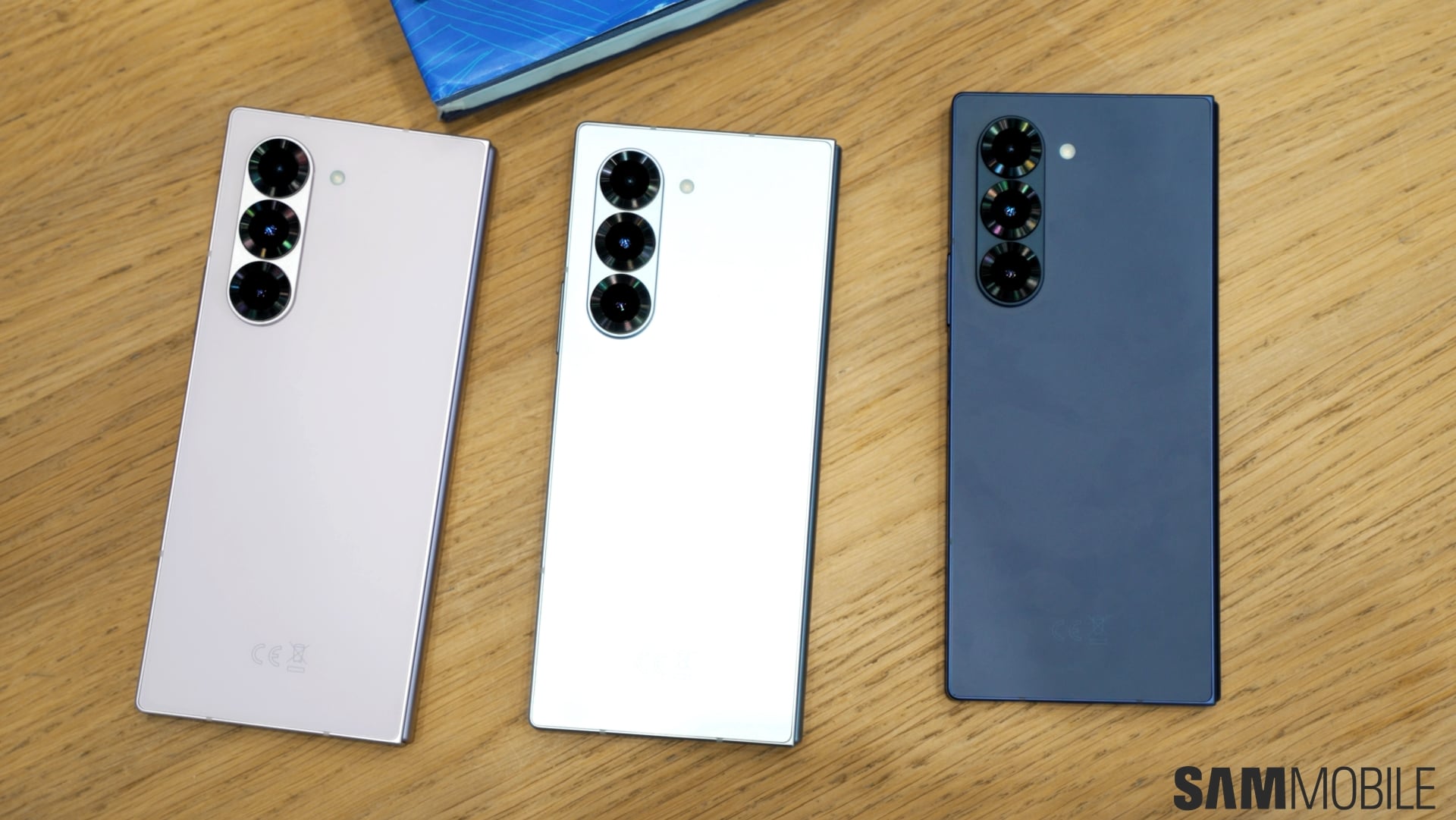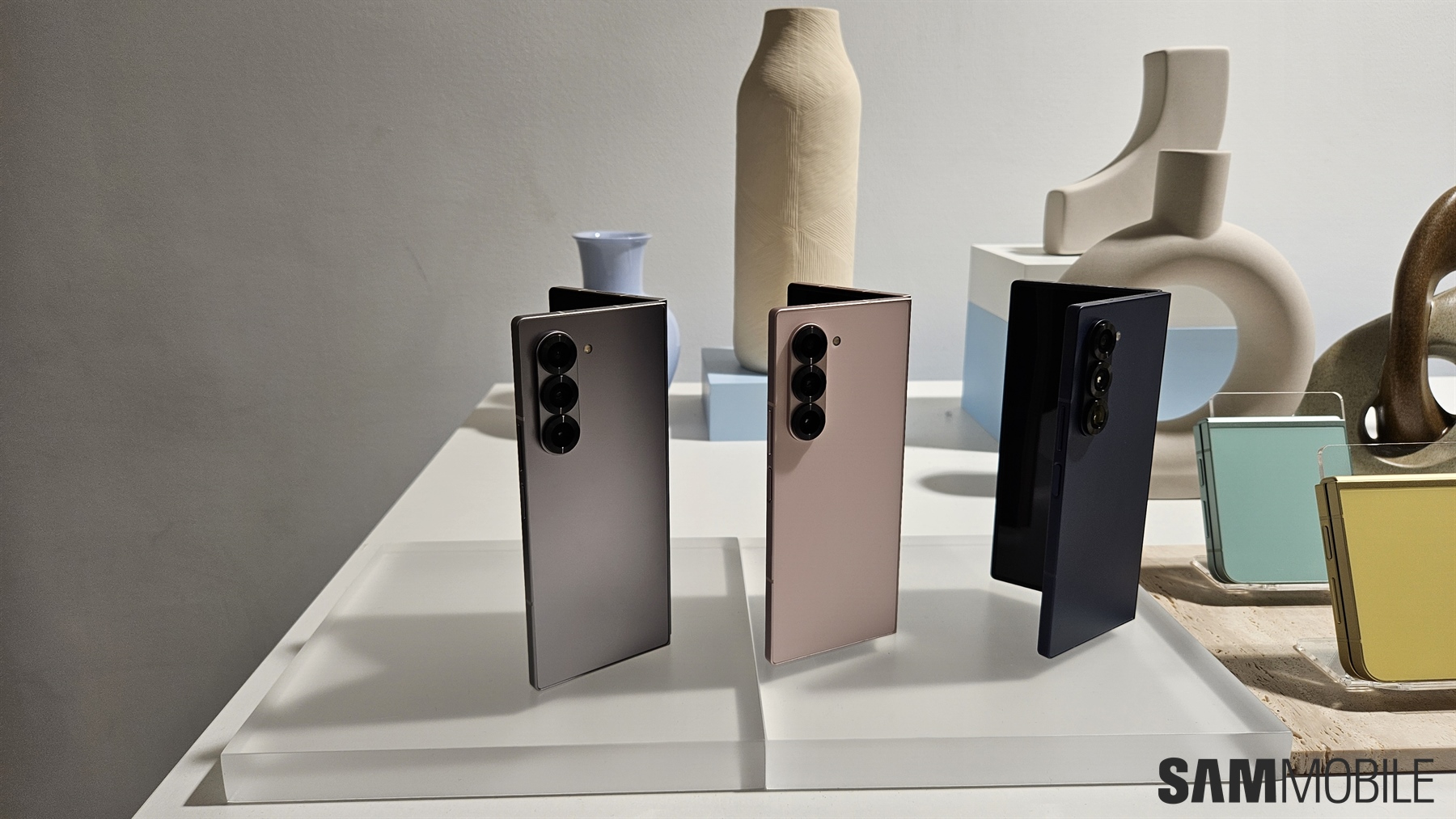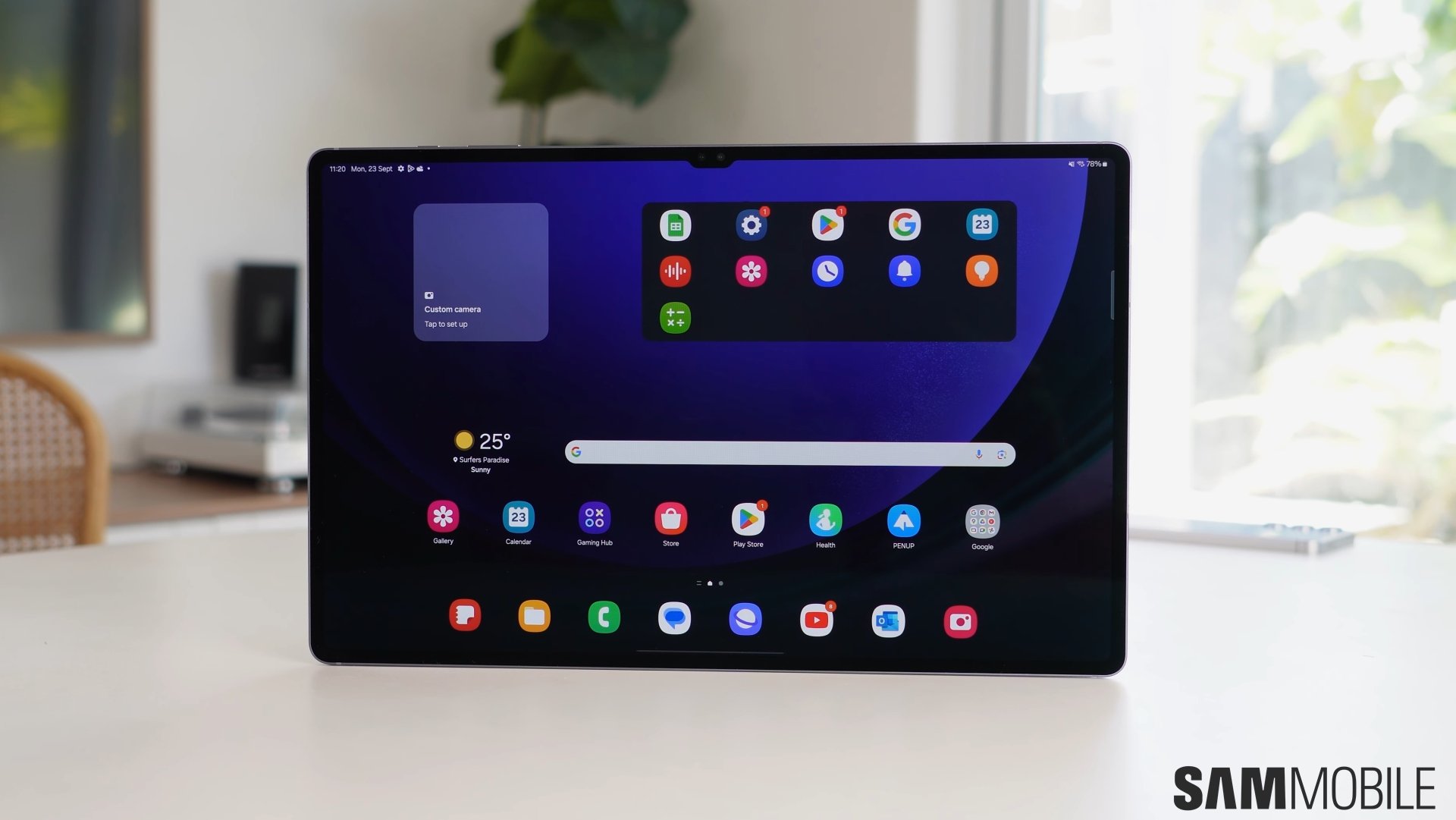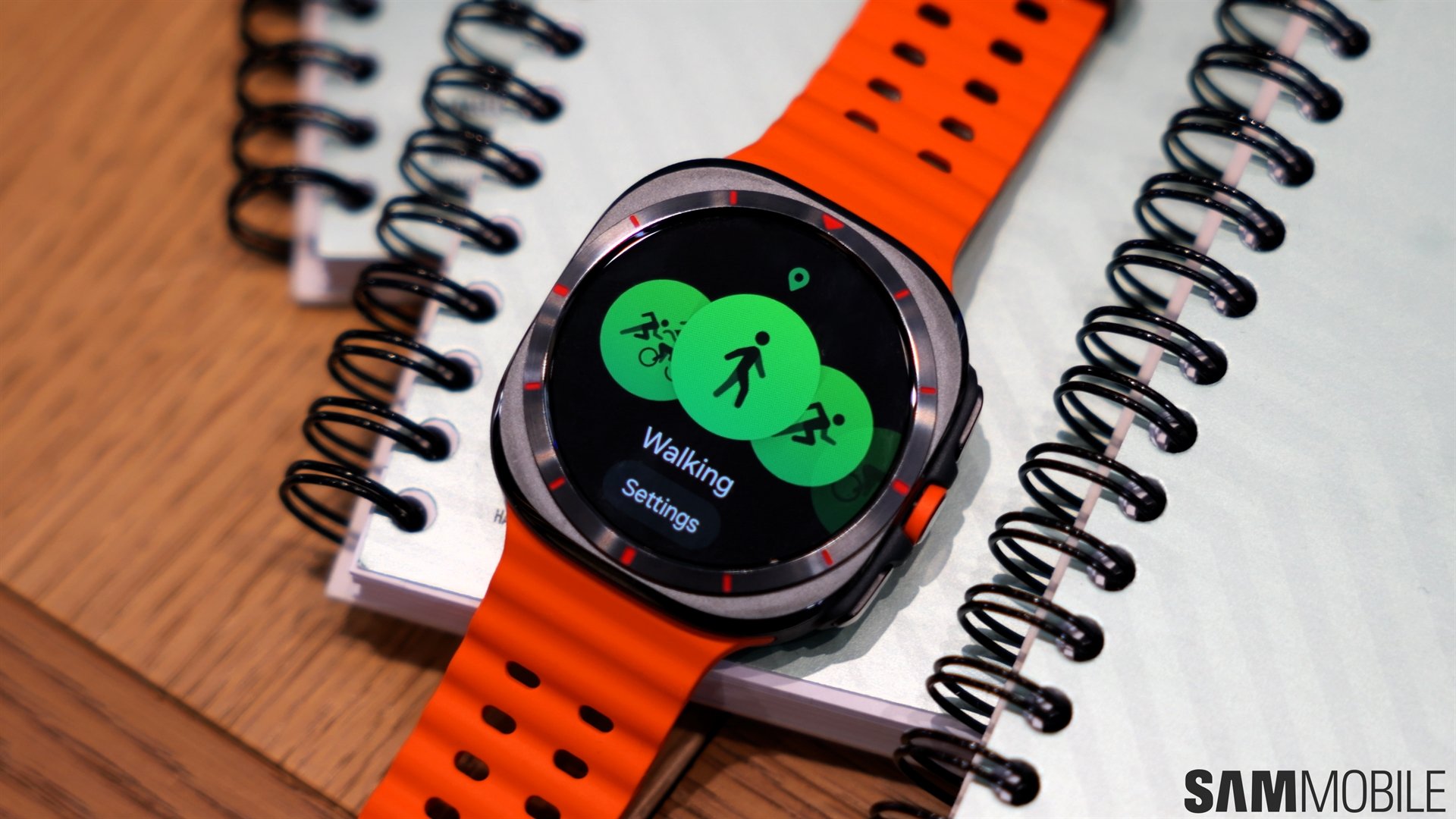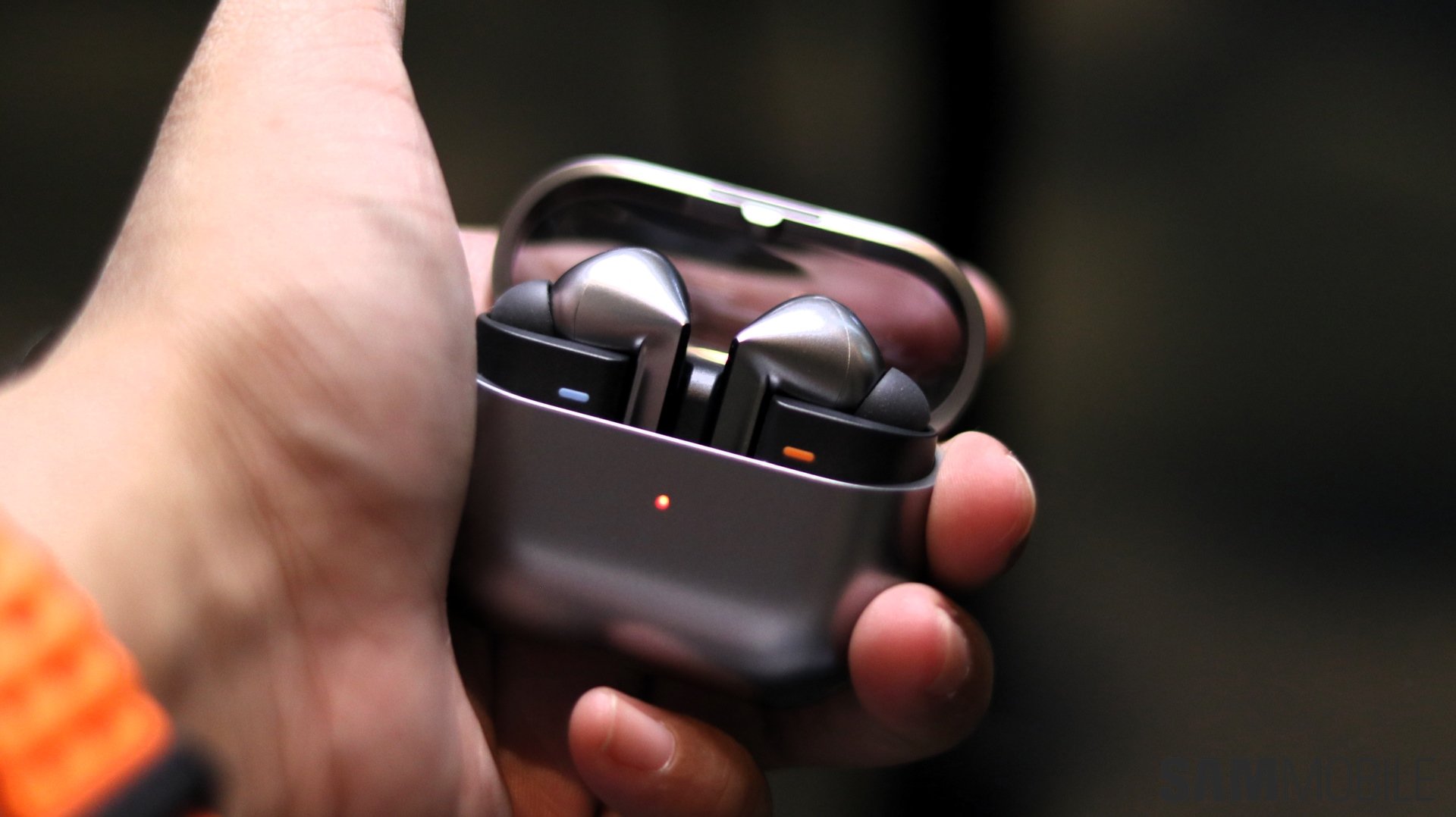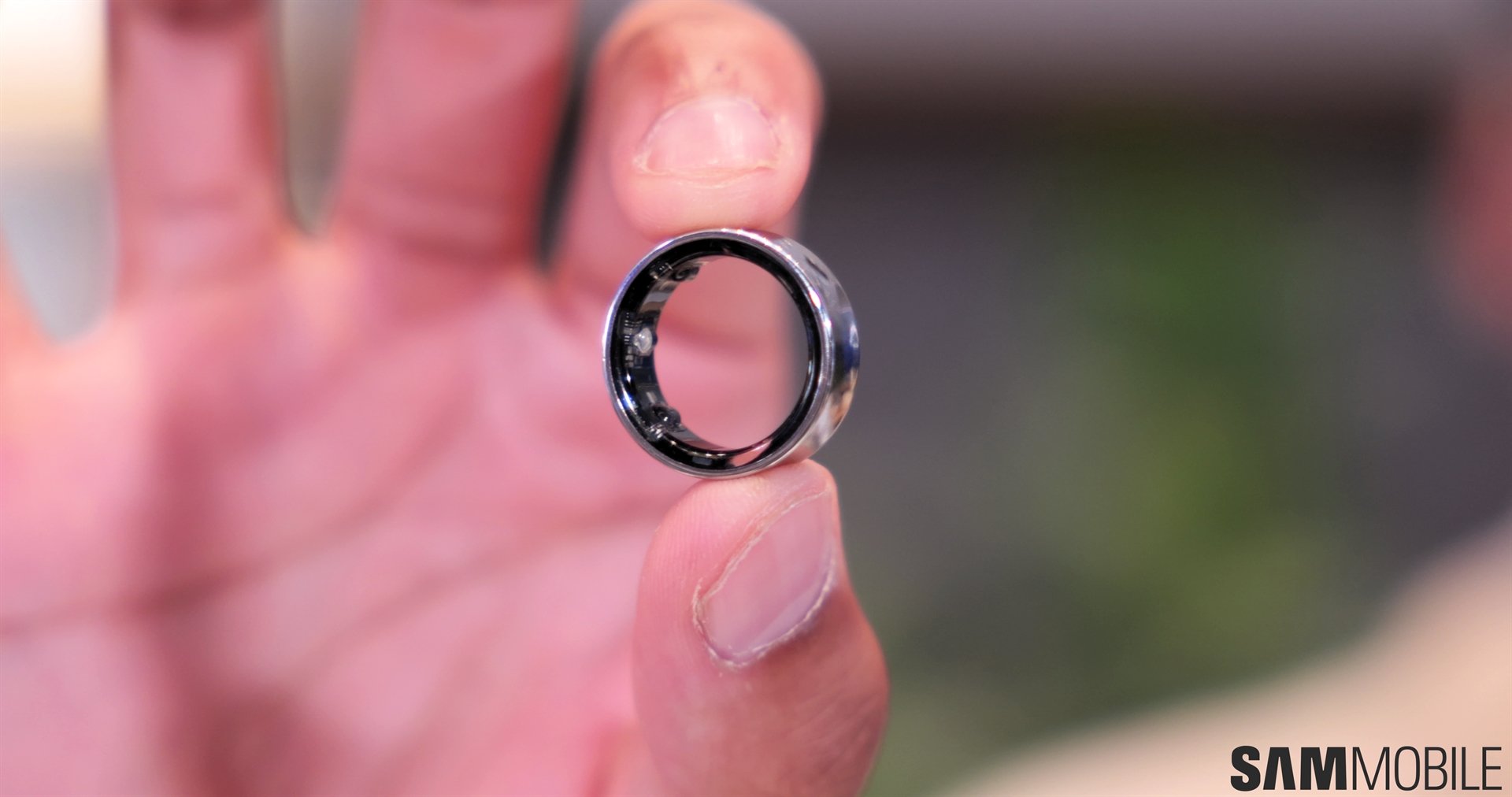What started as a humble trading company in 1938 is now one of the biggest conglomerates on the planet. Samsung is best known for its smartphones, tablets and consumer electronics devices yet the conglomerate is very diversified. It also manufactures mobile processors, memory products, image sensors, display panels and home appliances.
It entered the electronics market back in the 1960s and has achieved great success since. It wasn’t until 2009 that Samsung started competing in the mobile market. The humble Samsung Galaxy was the first smartphone that it released back in 2009. Samsung kept releasing new models in subsequent years and eventually introduced the first Samsung Galaxy Note in 2011.
It was an unusual device for the time but has since made a significant contribution in shifting the industry to adopt larger displays. Samsung has also released countless tablets, wearable devices and smart home devices, rounding out a complete ecosystem.
Ten years later, Samsung broke new ground in 2019 with its first foldable smartphone. The Galaxy Fold might just define the next decade of smartphone design and Samsung will certainly be at the forefront of it.

Samsung had established itself as a dominating force in the TV market long before it entered the mobile market. It launched its first television – a 12-inch black and white model – called the P-3202 in 1970. In just two years, the company became the largest producer of black and white TVs in the world.
Since the mid-2000s, Samsung has maintained the world's largest market share in global TV shipments. Over the years, it has launched LCD, LED, 3D and OLED TVs. The company’s premium TVs now utilize its QLED technology and it’s working on bringing the next-generation microLED TVs to market as well.
Samsung was also among the first companies to use AMOLED displays for mobile phones. The Samsung i7110 came out in February 2009 and it featured a 2.6-inch AMOLED display. By 2004, Samsung had already become the world's largest manufacturer of OLED panels and now it has over a 90 percent share of the global AMOLED market.
Samsung has also been in the business of manufacturing mobile processors since the year 2000. It brought them under its Exynos brand in 2009 and now uses Exynos SoCs in many of its flagship and mid-range devices. The company also sells mobile processors to other manufacturers. With Samsung going all-in on 5G, the company has also made 5G modems for both high-end and mid-range Exynos processors. It also dominates the memory chip market.
The Korean conglomerate develops its own custom Android skin for Galaxy devices called One UI. It adds a lot of functionality on top of the core operating system. Bixby, Samsung’s very own conversational voice assistant, is part and parcel of its custom software in addition to features like Samsung Pay, Secure Folder, DeX and more.
At SamMobile, we keep a close eye on all Samsung-related developments. You can get the latest news about all Samsung mobile and wearable devices in addition to reviews, opinions, polls, tips & tricks, deals and more. We also have just about every Samsung firmware available in our database. Click on any of the devices mentioned below to access all relevant content.
Smartphones
Samsung's core smartphone lineup is primarily divided into four core series. It launches flagship smartphones as part of its Galaxy S and Galaxy Note lineups. Premium mid-range and mid-range devices are launched as part of the Galaxy A series. The Galaxy M lineup of entry-level devices has largely been limited to India. All of Samsung's recent handsets in these series are listed below. It also includes the Galaxy Xcover series of rugged smartphones that Samsung refreshes annually.
Galaxy S series
- Galaxy S5
- Galaxy S5 Mini
- Galaxy S6
- Galaxy S6 edge
- Galaxy S7
- Galaxy S7 edge
- Galaxy S8
- Galaxy S8+
- Galaxy S9
- Galaxy S9+
- Galaxy S10
- Galaxy S10e
- Galaxy S10+
- Galaxy S10 Lite
- Galaxy S10 5G
- Galaxy S20
- Galaxy S20+
- Galaxy S20 Ultra
- Galaxy S20 FE
- Galaxy S21
- Galaxy S21+
- Galaxy S21 Ultra
- Galaxy S21 FE
- Galaxy S22
- Galaxy S22+
- Galaxy S22 Ultra
- Galaxy S23
- Galaxy S23+
- Galaxy S23 Ultra
- Galaxy S23 FE
- Galaxy S24
- Galaxy S24+
- Galaxy S24 Ultra
- Galaxy S24 FE
Galaxy Note series
- Galaxy Note FE
- Galaxy Note 8
- Galaxy Note 9
- Galaxy Note 10
- Galaxy Note 10+
- Galaxy Note 10 Lite
- Galaxy Note 20
- Galaxy Note 20 Ultra
Galaxy A series
- Galaxy A01
- Galaxy A01 Core
- Galaxy A02s
- Galaxy A10
- Galaxy A10e
- Galaxy A11
- Galaxy A12
- Galaxy A13
- Galaxy A14 5G
- Galaxy A10s
- Galaxy A20
- Galaxy A20e
- Galaxy A20s
- Galaxy A21s
- Galaxy A22
- Galaxy A23
- Galaxy A24
- Galaxy A25
- Galaxy A30
- Galaxy A30s
- Galaxy A31
- Galaxy A33
- Galaxy A32 5G
- Galaxy A34 5G
- Galaxy A35
- Galaxy A40
- Galaxy A40s
- Galaxy A41
- Galaxy A42 5G
- Galaxy A50
- Galaxy A50s
- Galaxy A51
- Galaxy A51 5G
- Galaxy A52
- Galaxy A52 5G
- Galaxy A52s 5G
- Galaxy A53
- Galaxy A54 5G
- Galaxy A55
- Galaxy A60
- Galaxy A70
- Galaxy A71
- Galaxy A71 5G
- Galaxy A72
- Galaxy A73
- Galaxy A80
- Galaxy A90 5G
Galaxy M series
- Galaxy M01 Core
- Galaxy M01
- Galaxy M01s
- Galaxy M02s
- Galaxy M10
- Galaxy M11
- Galaxy M12
- Galaxy M14 5G
- Galaxy M15
- Galaxy M10s
- Galaxy M20
- Galaxy M21
- Galaxy M21s
- Galaxy M30
- Galaxy M30s
- Galaxy M31
- Galaxy M32
- Galaxy M33
- Galaxy M34
- Galaxy M40
- Galaxy M42 5G
- Galaxy M51
- Galaxy M52 5G
- Galaxy M53 5G
- Galaxy M54 5G
- Galaxy M55
Galaxy F series
Galaxy Xcover series
Foldables
The Galaxy Fold was Samsung's first foldable smartphone and it was released in 2019. Samsung followed it up with the Galaxy Z Flip in 2020 and has updated the models ever since. That's also when it brought the Galaxy Fold under the Galaxy Z series, thereby highlighting the fact that future foldable smartphones may also be released as part of this series.
Galaxy Z series
- Galaxy Z Flip
- Galaxy Z Flip 3
- Galaxy Z Flip 4
- Galaxy Z Flip 5
- Galaxy Z Flip 6
- Galaxy Z Fold
- Galaxy Z Fold 2
- Galaxy Z Fold 3
- Galaxy Z Fold 4
- Galaxy Z Fold 5
- Galaxy Z Fold 6
Tablets
Samsung is one of the few Android OEMs still competing in the Android tablet market. The company normally releases one flagship tablet every year in addition to a handful of mid-range tablets, even some with S Pen support.
Galaxy Tab series
- Galaxy Tab A with S Pen
- Galaxy Tab A7
- Galaxy Tab A7 Lite
- Galaxy Tab S5e
- Galaxy Tab S6
- Galaxy Tab S6 Lite
- Galaxy Tab S7
- Galaxy Tab S7+
- Galaxy Tab S7 FE
- Galaxy Tab S8
- Galaxy Tab S8+
- Galaxy Tab S8 Ultra
- Galaxy Tab S9
- Galaxy Tab S9+
- Galaxy Tab S9 Ultra
- Galaxy Tab S9 FE
- Galaxy Tab S9 FE+
- Galaxy Tab Active 3
- Galaxy Tab S10+
- Galaxy Tab S10 Ultra
Smartwatches
Samsung has been launching at least one new smartwatch every year for several years now. The company shook up its smartwatch lineup by ditching Tizen and adopting the Android-based Wear OS. The most recent smartwatches from Samsung are listed below.
Galaxy Watch / Galaxy Watch Active
- Galaxy Watch
- Galaxy Watch 3
- Galaxy Watch 4
- Galaxy Watch 4 Classic
- Galaxy Watch 5
- Galaxy Watch 6
- Galaxy Watch 6 Classic
- Galaxy Watch 7
- Galaxy Watch Ultra
- Galaxy Watch Active
- Galaxy Watch Active 2
Wireless Earbuds
Samsung improved its wireless audio game in 2019 with the launch of the Galaxy Buds, its new wireless earbuds. The company later released an improved version of the earbuds called the Galaxy Buds+ in 2020. Then came the Galaxy Buds Live which were Samsung's first truly wireless earbuds that featured Active Noise Cancellation. Samsung launched another ANC-equipped pair, the Galaxy Buds Pro, in 2021 followed by the Galaxy Buds 2. It has since launched new pairs consistently under the Galaxy Buds brand.
Galaxy Buds
- Galaxy Buds
- Galaxy Buds+
- Galaxy Buds 2
- Galaxy Buds 3
- Galaxy Buds 3 Pro
- Galaxy Buds Live
- Galaxy Buds Pro
- Galaxy Buds Pro 2
- Galaxy Buds FE
Fitness Trackers
In addition to its smartwatches that provide a robust suite of health and fitness tracking features, Samsung also offers dedicated fitness trackers under its Galaxy Fit lineup. These are more affordable options for customers who don't necessarily need a smartwatch but are willing to purchase a fitness tracker. The company also launched its first smart ring, the Galaxy Ring, in 2024.
Galaxy Ring
Galaxy Fit
Smart Home
Samsung has built a serious smart home ecosystem over the past decade as the market as moved towards widespread adoption of connected devices. The company really amped up its efforts in this space with the 2014 acquisition of SmartThings for $200 million. That acquisition was seen by the industry as Samsung making a long-term commitment to the Internet of Things space.
The SmartThings Hub acts as the brain of the connected home, allowing users to control their smart locks, thermostats, speakers, outlets, TVs and even appliances like refrigerators and washing machines. It works with 100s of compatible devices from third-party manufacturers like Philips, Ring, Honeywell, Yale, Kwikset, Schlage as well as the Google Assistant and Amazon Alexa voice assistants. Samsung also sells a mesh Wi-fi system, a smart camera and a tracker under the SmartThings umbrella.
Samsung also entered the smart speaker race with the Galaxy Home back in 2018. However, despite it being almost two years since this product was unveiled, it's yet to be launched to the public. The company has since unveiled the Galaxy Home mini but that's only seen a limited release in South Korea so far.
TV
Samsung has been the world's largest manufacturer of televisions for more than a decade. The company continues to innovate in this space and dominates the premium segment of the market in particular. It was also among the very first TV manufacturers to release 8K TVs to the public. The Samsung Q950TS 8K QLED TV series was unveiled in 2020 with a next-generation Quantum Processor 8K that can use AI to upscale any content to 8K.
Micro LED is just one of the advanced technologies that Samsung is working on to further enhance the TV experience. It already launched the micro LED-based The Wall in 2018. It's a modular TV which can be scaled in size significantly. A 292-inch 8K version of The Wall was also released by Samsung, in addition to offering the model in 88-inch, 93-inch, 110-inch, and 150-inch sizes.
The company uses three primary advanced display panel technologies for its premium TVs.
Samsung also has a Lifestyle TV lineup which while offering an unrivaled viewing experience, also has unconventional designs that really transform these TVs into decorative objects. The series includes three primary models.
Laptops and Chromebooks
Samsung has been in the business of making laptops since the 1990s. The Sens 810 Notebook from 1996 was one of its earliest creations with a curved butterfly keyboard for easier typing. Samsung gradually expanded its lineup in the years to come and made its laptops available in more markets, but the company wouldn't start selling them in the United States until 2008.
It was also one of the first few companies to launch Chromebooks back when Google announced Chrome OS in 2011. The Samsung Series 5 Chromebook was soon followed by new models almost every year. The Galaxy Chromebook is Samsung's flagship offering, with features like a 4K AMOLED display, latest Intel 10th Gen Core i5 processor and a built-in S Pen.
Samsung's Windows-powered laptops have also come a long way. The company's lineup now includes gaming notebooks, entry-level laptops, ultra-portable machines, 2-in-1 convertibles, and even laptops with its QLED display technology.
While Samsung continues to sell its laptops and Chromebooks in many countries across the globe, the company decided to pull out of the market in Europe back in 2014.
- Galaxy Book S
- Galaxy Book Flex alpha
- Galaxy Book Ion
- Galaxy Book 3 Ultra
- Galaxy Book 3 360
- Galaxy Book 4
- Galaxy Book 4 Pro
- Notebook Odyssey
- Galaxy Chromebook
- Chromebook Plus
Galaxy AI
Galaxy AI is a suite of Artificial Intelligence-based features that Samsung introduced with the Galaxy S24 series in 2024. It lays the foundation of what an AI smartphone can be, as Galaxy AI enables users to do a lot more with their phones that wasn't previously possible.
At launch, the Galaxy AI suite has the following features:
- Generative Edit: Intelligent photo editing, removal of objects and people, AI pixel generation.
- Generative Wallpapers: Create new and unique wallpapers with AI keywords.
- Live Translate Call: Have conversations with people in another language through automatic live call translation.
- Interpreter: Live in-person translation of other languages for easier real-world conversations with people who speak a different language.
- Chat Assist: Keyboard's AI capabilities performs grammar checks, provides tone suggestions, and live translations.
- Note Assist: Native Samsung Note app provides intelligent summaries, spell checks, and translations.
- Transcript Assist: Native Voice Recorder app uses AI to automatically transcript and translate voice recordings.
- Browsing Assist: Samsung Internet browser has AI capabilities for summarizing and translating webpages.
- Circle to Search: Search anything displayed on the screen through Google by drawing a circle around it.
- Instant Slow-Mo: Instantly view specific portions of a video in slow-motion and create edited clips.
- Edit Suggestions: Get suggestions for erasing shadows, reflections, and remastering images in the native Gallery app.
Galaxy AI is available across the entire Galaxy S24 lineup and will also be included in future models. Samsung rolled it out for the 2023 flagship series as well, bringing the features to more than 100 million devices across the Galaxy S23 and Galaxy Z Flip 5/Fold 5 lineups. Some Galaxy AI features have also been released for the 2022 and 2021 flagships.
Samsung Pay
Samsung offers customers its own mobile payments service called Samsung Pay. It was announced back in 2015 and went live in South Korea on August 20 of that year. About a month later, the service was released for users in the United States.
Samsung Pay is fundamentally different from other mobile payment services. That's because it supports both NFC and regular credit card terminals. Its support for MST or magnetic secure transmission technology allows users to pay with Samsung Pay anywhere they can pay with a card, provided that the point-of-sale unit doesn't require the card to be physically inserted into the slot.
This meant that shop owners didn't have to acquire expensive NFC terminals in order to accept Samsung Pay. They could start accepting payments through this service using the normal credit card machines that they already have in the store.
The service's functionality has been expanded over the years to cover everything from transit and bill payments to cash withdrawal at ATMs and even money transfers. A Samsung Pay debit card will also be launched in the United States later this year.
Bixby Virtual Assistant
In 2017, Samsung launched Bixby, it's very own digital personal assistant that's meant to compete with the likes of Google Assistant and Amazon Alexa. Samsung has continued to improve the assistant's functionality over the years, adding new features and further enhancing its capabilities.
The major components of its virtual assistant are Bixby Home, Bixby Voice, Bixby Vision and Bixby Routines. This entire suite of features allows for conversational voice control, surfaces contextual information, powers augmented reality experiences and helps automate many routine tasks that people perform on their phones.
